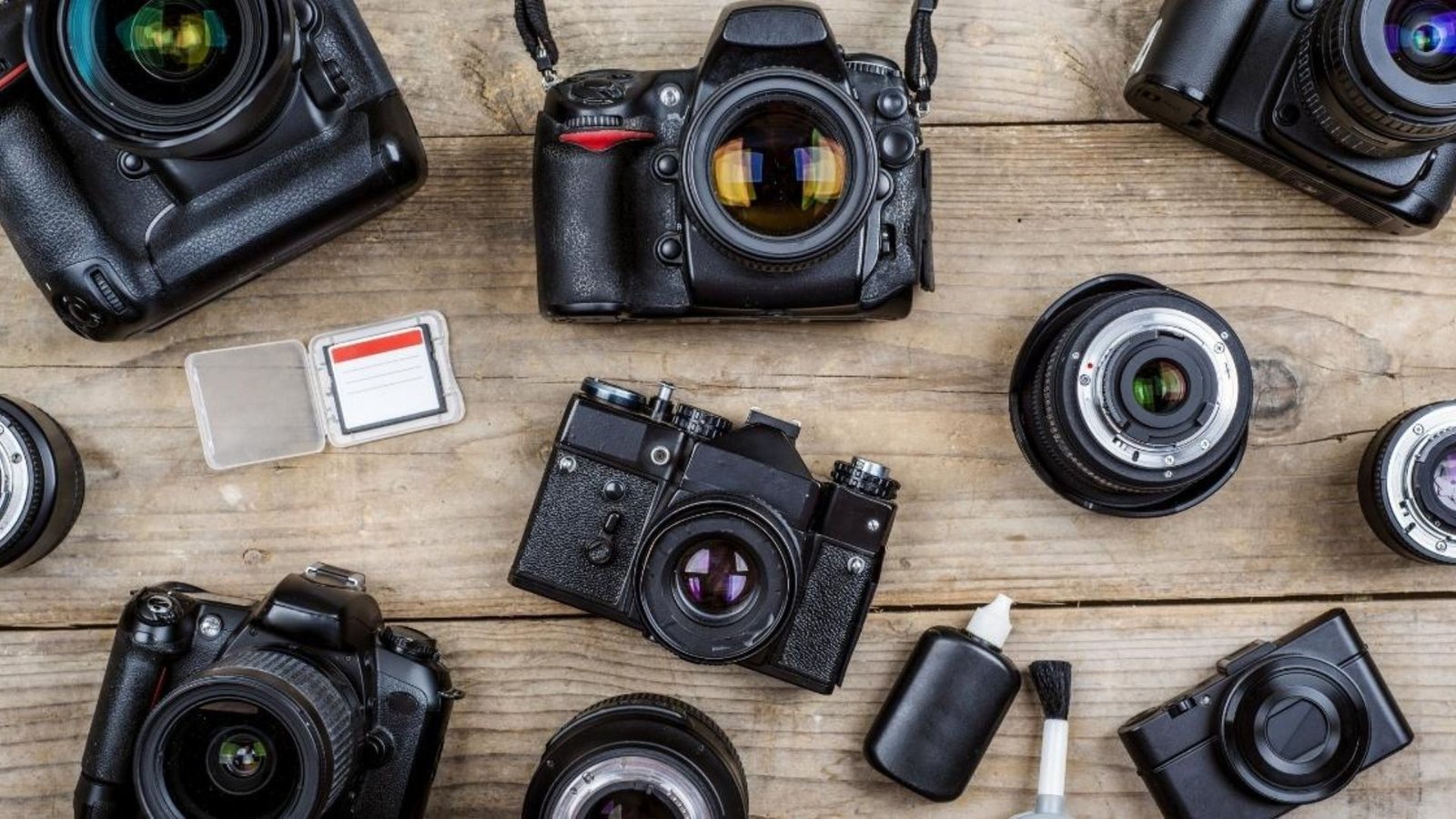Editing photos can transform your images from good to great. With the right techniques, even beginners can achieve professional-looking results. This guide will help you learn how to edit photos like a pro, step by step.
1. Choose the Right Software
Start by selecting photo editing software that fits your needs. Popular options include Adobe Lightroom, Photoshop, and free alternatives like GIMP. Each program offers various tools and features, so pick one that you find user-friendly.
2. Understand Basic Tools
Familiarize yourself with basic editing tools such as crop, straighten, and adjust exposure. For example, cropping helps remove unwanted elements, while adjusting exposure corrects brightness. Learning these tools is essential for making quick fixes and improving your photos.
3. Adjust Exposure and Contrast
Begin by adjusting the exposure to correct the brightness of your image. Next, tweak the contrast to make the colors pop. Increasing contrast enhances the difference between light and dark areas, making the image more vibrant.
4. Fine-Tune Colors
Use color correction tools to enhance the colors in your photo. Adjust the white balance to fix color casts and ensure accurate colors. Increase saturation to make colors more vivid, but avoid overdoing it to prevent unnatural hues.
5. Enhance Sharpness
Sharpen your photo to make details stand out. Most editing software includes a sharpening tool that enhances edge contrast. Be cautious not to oversharpen, as it can create unwanted noise and artifacts.
6. Remove Imperfections
Use the retouching tools to remove blemishes, dust spots, or other imperfections. The healing brush or clone stamp tools can help correct these issues. This step is crucial for achieving a polished, professional look.
7. Apply Filters and Presets
Filters and presets can give your photos a unique style. Many editing programs offer built-in filters, or you can download presets online. Apply filters to enhance the mood or theme of your photo. Experiment with different options to find what works best for your image.
8. Crop and Straighten
Crop your photo to improve composition and remove distractions. Use the straighten tool to correct any tilted images. Proper cropping and alignment help focus attention on the main subject and create a balanced composition.
9. Use Layers for Advanced Edits
For more advanced editing, use layers to separate different adjustments. Layers allow you to apply changes without affecting the original image. This technique gives you more control over your edits and enables you to revert changes if needed.
10. Save and Export
Once you’ve finished editing, save your work in the desired format. JPEG is ideal for web use, while TIFF or PNG is better for high-quality prints. Ensure you choose the correct resolution for your intended use, whether online or print.
11. Practice and Experiment
Editing photos is a skill that improves with practice. Experiment with different tools, techniques, and styles to find what suits your needs. Review your work regularly to see what changes enhance your photos and refine your editing skills.
By following these steps, you can edit photos like a pro even if you’re a beginner. Start with the basics, and gradually explore more advanced techniques as you gain confidence. With practice and patience, you’ll enhance your photos and achieve stunning results. Happy editing!










